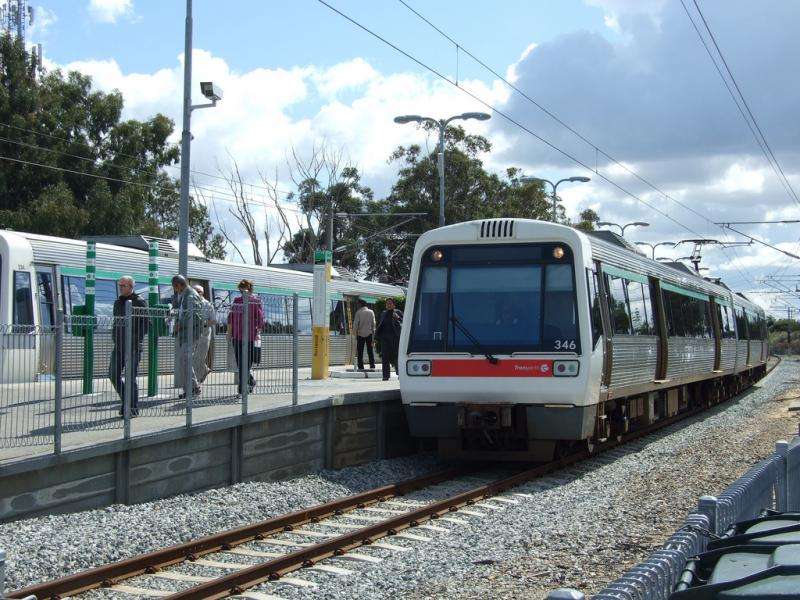Tiered ticketing and investment key to easing metropolitan commute

What if your rush to work each morning could be that little bit less stressful?
If you take one of the 330,000 public transport trips that Perthites make each weekday, then you may be familiar with the slow crawl of securing one of the 15,000 park-and-ride parking spots in the metropolitan area.
In the past ten years, use of public transport in Perth has increased 67 per cent, or three times the rate of Perth's population growth, but park-and-rides haven't kept up.
"There is an imbalance between demand and supply of parking bays, but this problem could be solved," Curtin University Department of Spatial Science's Dr Chunmei Chen says.
She recommends improving the model for predicting demand at park-and-ride facilities and encouraging more government investment in our facilities.
Additionally, she says there is room to introduce tiered ticketing and fares.
"For example, if a park-and-ride facility is close to the city, maybe built to two or three stories, then parking tickets could be more expensive," she says.
Parking at a park-and-ride currently costs two dollars per day, but Dr Chen says this could be doubled at stations closer to the city.
Fares could also be adjusted to reduce uncertainty for commuters who care about getting a seat, she says.
"If you want comfort, you could pay more…if you don't care about whether seats are available, you could pay less," she says.
But how do you choose the park-and-ride you use?
To work out how park-and-ride users make their choice Dr Chen interviewed around 600 train users at the entrance to Cannington, Claremont, Greenwood, Midland, Murdoch, Warnbro and Warwick train stations between November and December 2014.
Train users were asked to select one of two stations given different scenarios, incorporating different departure times, parking capacities, parking fines and variation in parking search times.
"All these situations were hypothetical scenarios, but the levels identified were based on park-and-rides in Perth," Dr Chen says.
"The main survey was developed after conducting several pilot surveys for two or three days at a time, so we could improve the questionnaire and scenarios in the final survey."
Dr Chen statistically analysed data on 2,379 scenarios, finding a station was more likely to be used when there were low parking fees, high availability of parking bays and low variability in how long it might take to find a bay.
Stations where illegal parking was more frequently policed were less likely to be chosen.
More information: Chunmei Chen et al. Influence of Parking on Train Station Choice under Uncertainty for Park-and-ride Users, Procedia Manufacturing (2015). DOI: 10.1016/j.promfg.2015.07.537
Provided by Science Network WA
This article first appeared on ScienceNetwork Western Australia a science news website based at Scitech.


















